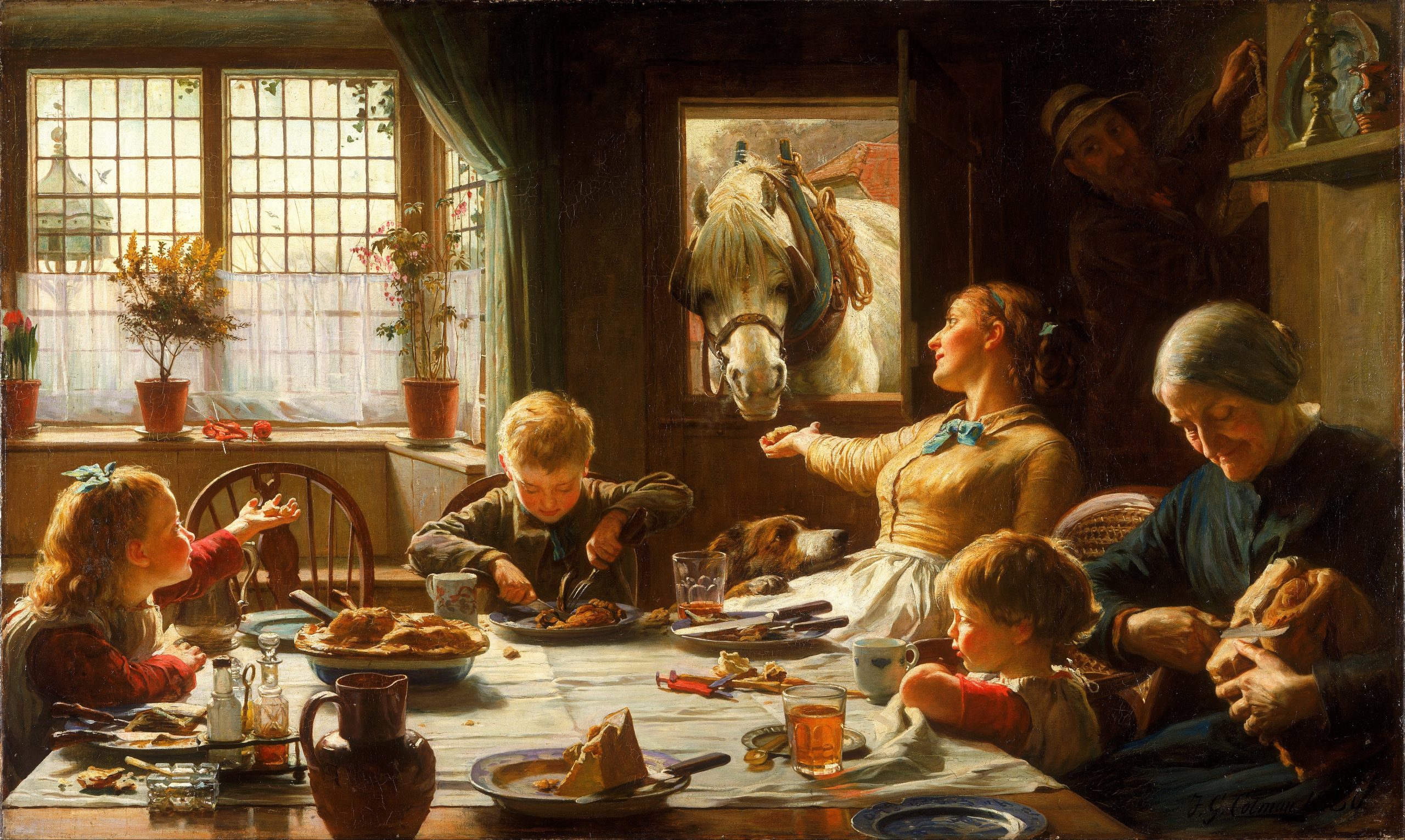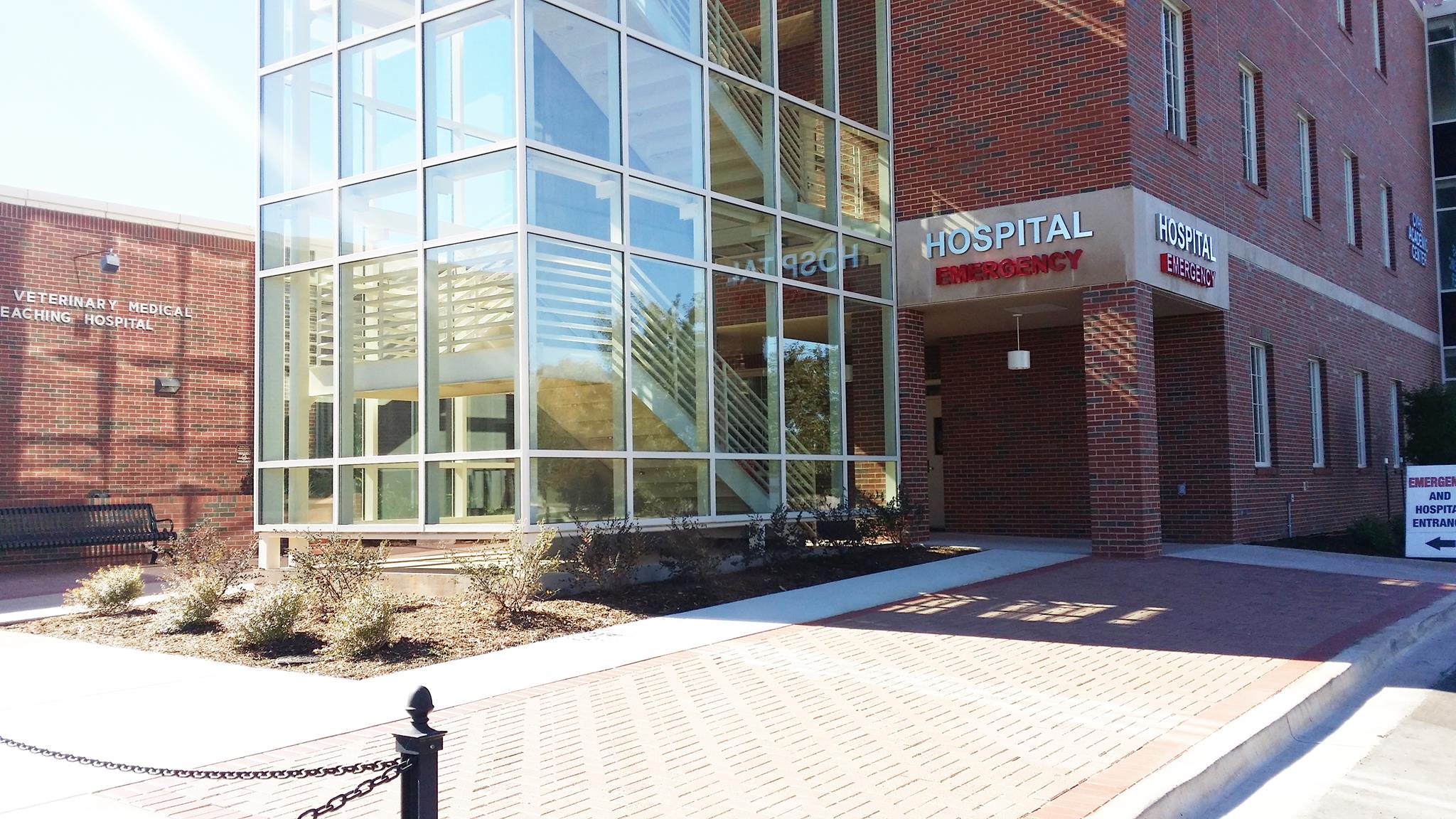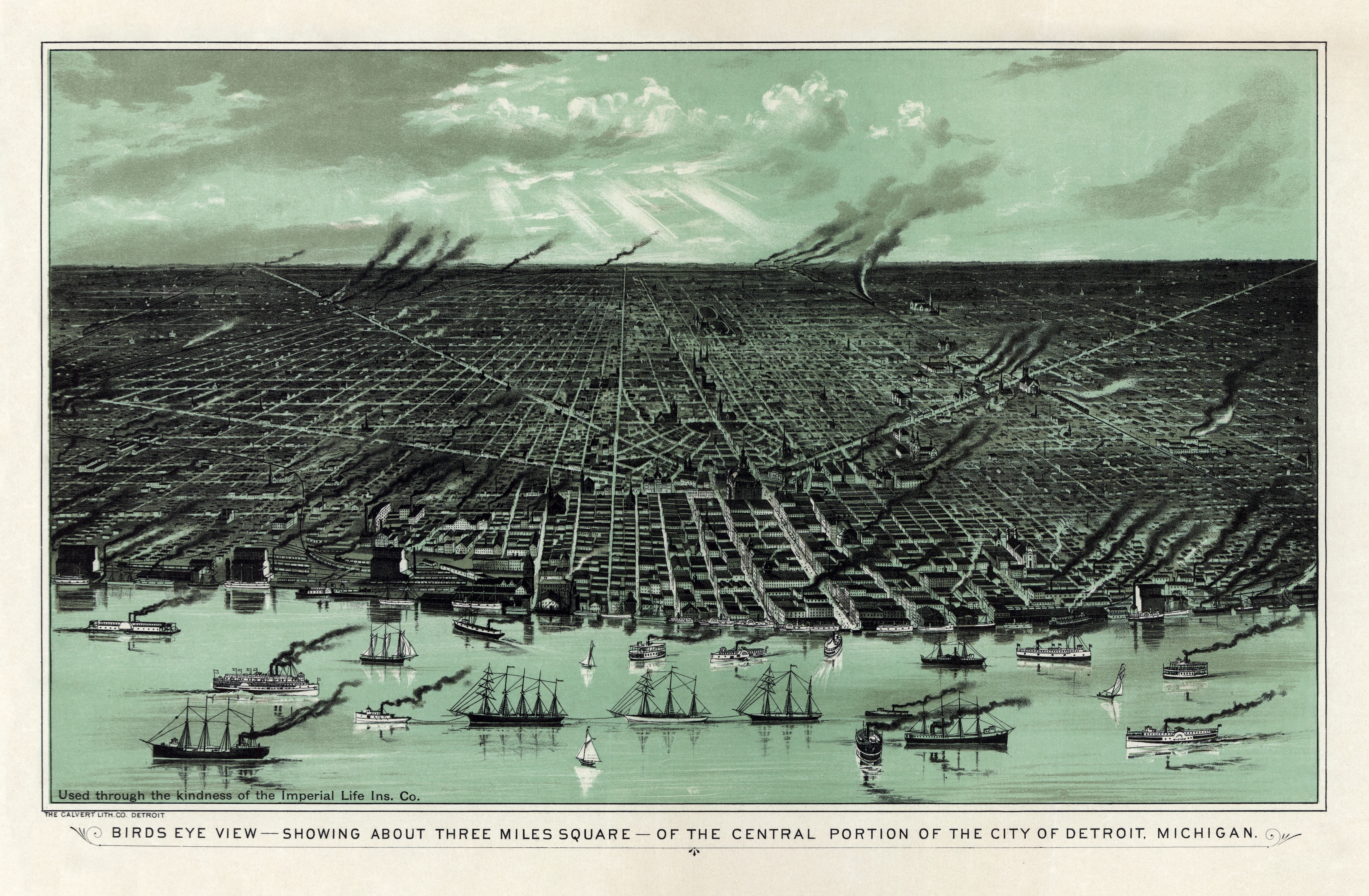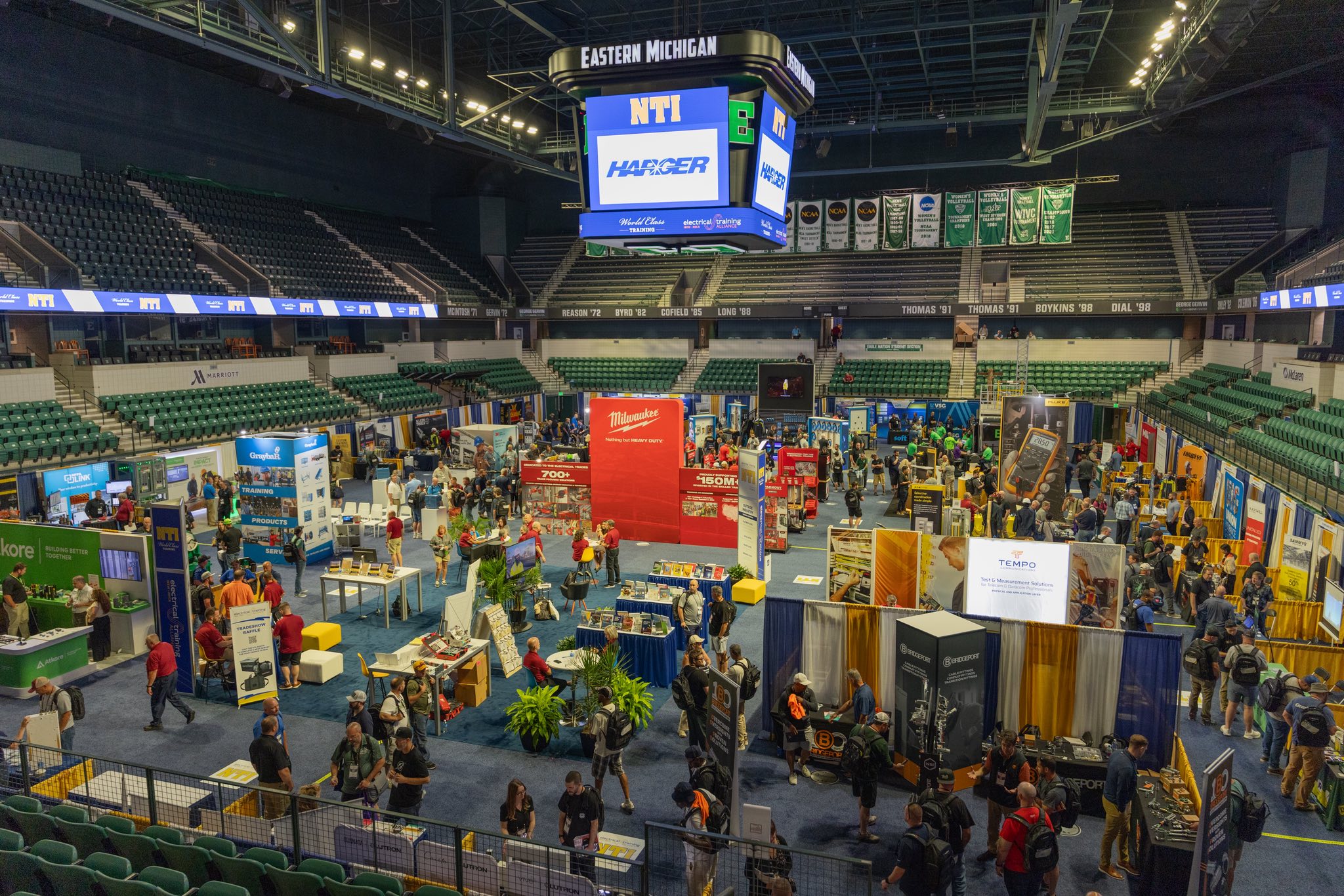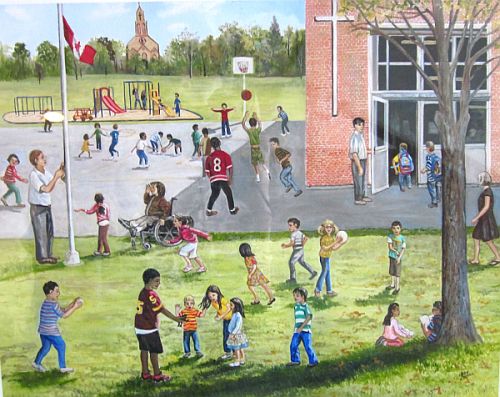The recent undetected introduction and rapid spread of foot and mouth disease in the United Kingdom highlights the importance of the integration of effective biosecurity practices in every livestock operation within the US. Showing and exhibiting animals presents a risk for the spread of foreign or domestic infectious disease. Infectious diseases such as respiratory disease, contagious mastitis and bovine viral diarrhea, can present signs within a relatively short time frame, whereas Johne’s disease may not show signs for years after exposure. Taking the precautions listed below before, during and after fairs can help decrease the exposure to infectious disease.
Animal Health Considerations Before, During and After the County Fair
- Home Page 69

Animal Safety
NFPA 150 Fire and Life Safety in Animal Housing Facilities Code has entered its s025 revision cycle. Many education communities are responsible for animal safety in academic units, research enterprises. museums and even — as in the United Kingdom — large farm animals that wander freely on campus with students, faculty and staff. The number of colleges and universities that permit students to live with their pets has expanded; and with it the responsibilities of university administration.
From the document scope:
This standard shall provide the minimum requirements for the design, construction, fire protection, and classification of animal housing facilities. The requirements of NFPA 150 recognize the following fundamental principles:
(1) Animals are sentient beings with a value greater than that of simple property.
(2) Animals, both domesticated and feral, lack the ability of self-preservation when housed in buildings and other structures.
(3) Current building, fire, and life safety codes do not address the life safety of the animal occupants. The requirements found in NFPA 150 are written with the intention that animal housing facilities will continue to be designed, constructed, and maintained in accordance with the applicable building, fire, and life safety codes.
The requirements herein are not intended to replace or rewrite the basic requirements for the human occupants. Instead, NFPA 150 provides additional minimum requirements for the protection of the animal occupants and the human occupants who interact with those animals in these facilities.
A full description of the project is linked below:
Fire and Life Safety in Animal Housing Facilities Code
Access to the 2025 Edition is linked below:
We provide the transcript of the back-and-forth on the current 2022 edition to inform how education communities can contribute to the improvement of this title; a subject that stirs deep feelings about animal safety in research enterprises.
We contribute to NFPA 150: SAFETY IN ANIMAL HOUSING FACILITIES https://t.co/PxSznGDGw1 #TotalCostofOwnership pic.twitter.com/BmJ0HgvpQ3
— Standards Michigan (@StandardsMich) March 9, 2016
Public comment on the Second Draft of the 2025 Edition will be received until March 27, 2024.
We have been advocating risk-informed animal safety concepts in this document since the 2013 Edition and have found that it is nearly impossible to overestimate the sensitivity of educational communities to the life safety of animals — either for agriculture or medical research.
We maintain the entire NFPA catalog on the standing agenda of our Prometheus colloquia. See our CALENDAR for the next online meeting; open to everyone.
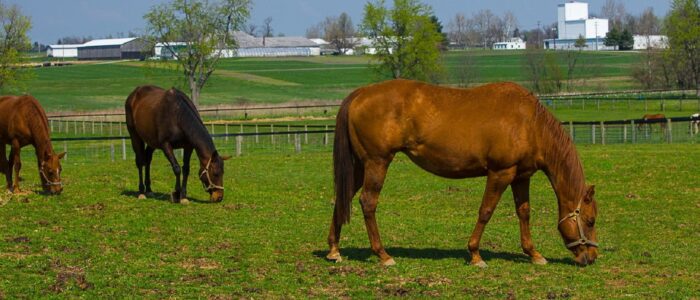
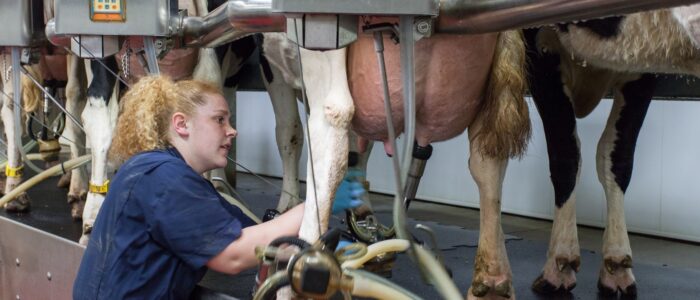
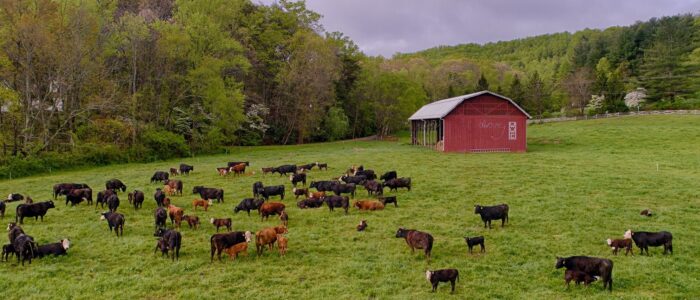
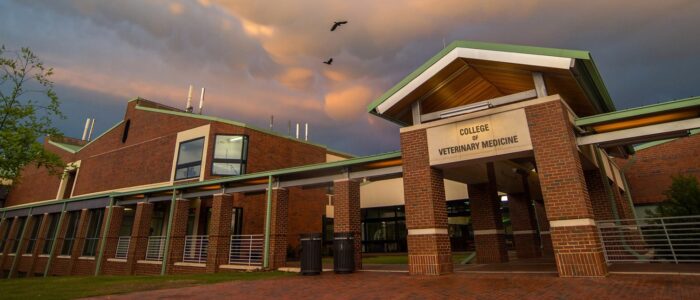
Kids raised right….
— Carissa (@njoyzgrl81) April 6, 2024
Issue: [11-1] and [19-5]
Category: Fire Protection, Facility Asset Management, Academic, Risk Management
Colleagues: Mike Anthony, Josh Elvove, Joe DeRosier
More:
”Create in me a pure heart, O God, and renew a steadfast spirit within me.„ Psalms 51:10
Have a blessed Sunday all who feed humanity! #dairy #beef … pic.twitter.com/BG68A4Sn5h— Ion Moraru 🇺🇦 (@IonMoraruDairy) February 18, 2024
‘Tension and Uncertainty’: How a diverse technical committee rife with opposing viewpoints created the new NFPA 150 https://t.co/sqam82C0G7 pic.twitter.com/BvcveX6dwM
— NFPA (@NFPA) December 31, 2018
Bibliography:
National Institute of Health: Policy on Humane Care and Use of Laboratory Animals
International Building Code: Section 304 (Business Group B): Animal hospitals, kennels and pounds
Terrestrial Animal Health Code
IEEE Guide for Animal Deterrents for Electric Power Supply Substations
IEEE Livestock Monitoring System
Ventilation Design Handbook on Animal Research Facilities
HVAC Design in Animal Facilities
USDA Animal Welfare Information Center
US Department of Agriculture: Animal Welfare Act and Animal Welfare Regulations
S. 4288: Reducing Animal Testing Act
Protecting Animals When Disaster Strikes
Boren Veterinary Medical Teaching Hospital
The Boren Veterinary Medical Teaching Hospital in Stillwater was named after David Boren, who played a significant role in securing funding for Oklahoma’s only animal medical research and clinical delivery facility during his tenure as the Governor of Oklahoma in the 1970s. An additional $250 million has been allocated by the state for upgrades and operational costs — essential for maintaining the program’s accreditation.
Standards Oklahoma | GHW Architect Tulsa | Manhattan Construction Oklahoma City
https://vethospital.okstate.edu/
Congratulations to the seven outstanding researchers from the OSU College of Veterinary Medicine who were named on the Stanford/Elsevier Top 2% Scientists List! We’re proud to celebrate their achievements! 🎉https://t.co/9R6z518v6z
— OKStateVetMed (@OKStateVetMed) May 1, 2025
Academic Leader Standard
This content is accessible to paid subscribers. To view it please enter your password below or send mike@standardsmichigan.com a request for subscription details.
Theatre: Lighting Design
Artificial lighting was first introduced to theater dramatic performance stages in the 17th century. The use of candles and oil lamps initially provided a means to illuminate the stage, allowing performances to take place in the evening and enhancing the visibility for both actors and the audience. Before this development, theatrical performances were typically held during daylight hours due to the reliance on natural light.
In the early 17th century, theaters in England began experimenting with various lighting techniques. Thomas Killigrew’s Theatre Royal, Drury Lane, in London, is often credited as one of the first theaters to use artificial lighting. The use of candles and later oil lamps evolved over time, leading to more sophisticated lighting setups as technology advanced.
The 18th and 19th centuries saw further innovations in stage lighting, including the use of gas lamps. Eventually, the introduction of electric lighting in the late 19th and early 20th centuries revolutionized stage lighting, providing theaters with a more reliable and controllable source of illumination. This allowed for greater creativity in the design and execution of lighting effects, contributing significantly to the overall theatrical experience.
More
Stage Lighting 101 — Everything You Need to Know
Boston University: Theater, Lighting Design
Wayne State University: Lighting Design
Michigan Electrical Administrative Act §338.883
The requirement for a licensed electrician and a certified inspector to perform and certify any electrical work above $100 is prohibitive for homeowners and facility managers. To the best of our knowledge, no other US state imposes this requirement. There are more efficacious approaches to supporting effective public electrical safety services.
Licensing and Regulatory Affairs | Electrical Administrative Board
Next Meeting: February 13, 2025 10:00 am
Meeting Minutes: August 8, 2024 (not yet available)
Meeting Minutes: October 31, 2024 (submittals for agenda items due September 26th)
Related:
Michigan Public Service Commission
MPSC takes next steps in enabling interconnection and distributed energy resources
Of considerable importance is the criteria set by this board to determine whether a journeyman electrician is permitted to practice his or her trade in the State of Michigan.
We have been advocating for changes to the State of Michigan Electrical Administrative Act that currently requires all electrical work valued above $100 to be installed by a licensed journeyman electrician and inspected by an accredited electrical inspector. The $100 threshold was set decades ago and has never been challenged by another other advocacy enterprise representing the user interest. Almost all of the stakeholders on the present Electrical Administrative Board are stakeholders who benefit economically from the $100 threshold. Much of the reason for the apparent imbalance of interests lies in tradition; but also because no user interest has been present to advocate for an update of the formal, fee schedule.
This advocacy priority was on the Do-List of the original University of Michigan codes and standards advocacy enterprise which was focused on strengthening the voice of the user/owner/final fiduciary in the promulgation of regulations affecting Michigan educational facilities (CLICK HERE for link to the legacy Advocacy Project 14-1). Of all the trades covered in the parent legislation — Stille-Derossett-Hale Single State Construction Code Act (Act 230 of 1972) — the electrical power discipline is the only discipline in Michigan building technology regulations that sets a dollar criteria for electrical work to be performed and inspected. While we recognize the need for safe installation of the electrical power chain within a building; we propose another criteria for establishing the requirement for a licensed electrician and a licensed inspector should be determined (as it is in all other construction disciplines administered by the Bureau of Construction Codes, a division of the Department of Licensing and Regulatory Affairs).
The actual text of the present regulation is available by clicking here: 338.881 Definitions | Electrical Administrative Act 217 of 1956
As a consequence of former Governor Snyder’s Office of Regulatory Reinvention significant changes to both the Bureau of Construction Codes, a division of the Department of Licensing and Regulatory Affairs) have taken place within the past twelve months; which make us optimistic about political support for our proposals. We will be collaborating with our colleagues at Michigan State University to make necessary legislative changes we believe will lower the #TotalCostofOwnership of education facilities in the State of Michigan.
We will refer the Michigan Electric Code, and other state electrical codes to the IEEE Education and Healthcare Facilities Committee which hosts bi-weekly breakout teleconferences with electrical professionals in the education facilities industry as required by the demand for them.
Electrical Administrative Board Responsibilities and Meeting Schedule
The next meeting of the Michigan Electrical Board is November 2nd. We have been attending the meetings in Lansing and have made our proposal to revisit the dollar criteria known to the entire board. We hope the Electrical Administrative Board will develop another criteria; inspired by the electrical administrative boards of other states.

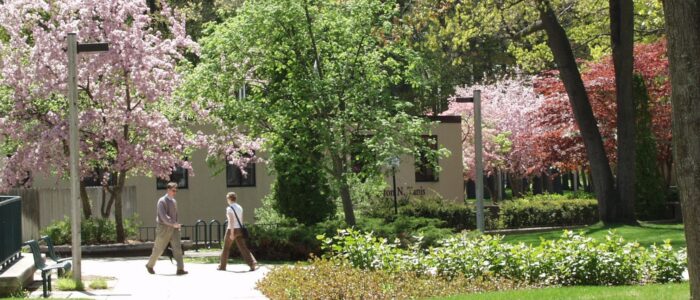
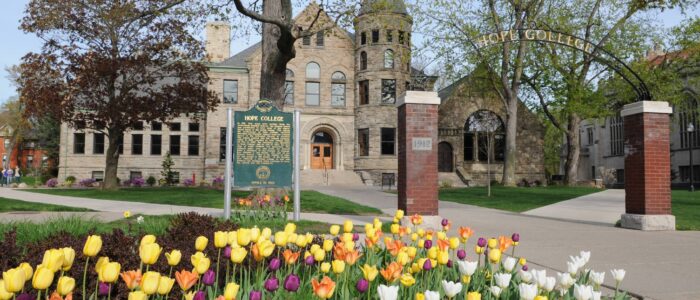
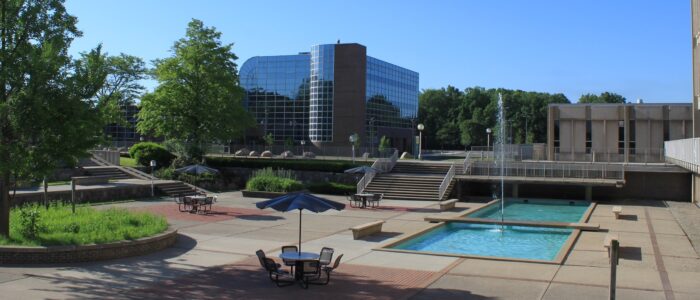
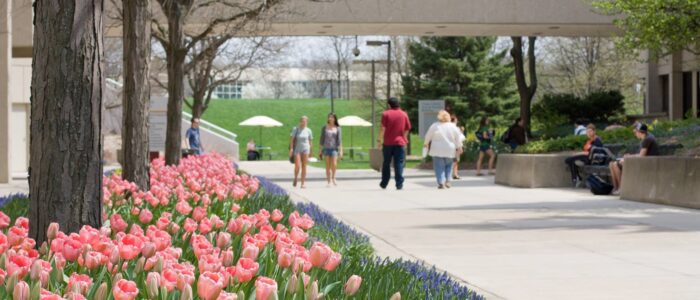
Issue: [14-1]
Contact: Mike Anthony, Jack Janveja, Richard Robben, Kane Howard
Category: Electrical, State & Local Legislation
Link to Issue 14-1 Legacy Website
LEARN MORE:
Wide Variations in State Adoptions of the NEC® Reveal Neglect of Electrical Safety
Electrical Training Alliance
Electrical Training Alliance | IBEW & NECA
For as along as the University of Michigan has held a position on the National Electrical Code, new generations of tradespeople have come to Ann Arbor to receive training and credentialling in the electrical trades. Originally the National Joint Apprenticeship Training Committee and hosted at several facilities on the UM campus in 1992 the event has expanded to require space at nearby Washtenaw Community College and Eastern Michigan University.
“When we stand side by side—contractor and electrical worker, apprentice and instructor, tradition and innovation—we build something more powerful than any one of us could build alone. Let’s keep that spirit going.”
Todd Stafford, Executive Director, etA#NTI2025 #etATraining pic.twitter.com/lAXPJ3hgD8
— electrical training ALLIANCE (@IBEWNECAetA) July 28, 2025
FYI: Work Session on Aluminum Wiring (August 2015)
What California College Students are Wearing
“Everything which is in any way beautiful is beautiful in itself….
That which is really beautiful has no need of anything”…
— Marcus Aurelius (Meditations)
Cheap Clothes and Costly Consequences
Could be us pic.twitter.com/QBk908qbWA
— Prep Propaganda 👔 (@prep_propaganda) August 20, 2025
Women’s fashion 1910’s-2010’s in 30 seconds using AI
[📹 Russell Klimas]pic.twitter.com/zXfpQDa96N
— Massimo (@Rainmaker1973) September 16, 2023
Evaluating devices to reduce microfiber emissions from washing machines
Liberty Bell March | John Philip Sousa
This content is accessible to paid subscribers. To view it please enter your password below or send mike@standardsmichigan.com a request for subscription details.
Playgrounds
They are the sons and daughters of Life’s longing for itself.
They come through you but not from you,
And though they are with you yet they belong not to you.
For they have their own thoughts.
You may house their bodies but not their souls,
For their souls dwell in the house of tomorrow,
Outdoor play facilities for school children are governed by several key codes and standards to ensure safety and accessibility. The European Standard EN 1176 outlines safety requirements for playground equipment, covering design, installation, and maintenance to minimize risks like entrapment and falls.
The Health and Safety at Work etc. Act 1974 mandates risk assessments and safe environments, while the Occupiers’ Liability Act 1957 (revised 1984) ensures playgrounds are reasonably safe for users.
The Consumer Protection Act 1987 holds manufacturers liable for defective equipment. The Children Act 1989 requires facilities to be suitable and safe. Ofsted emphasizes stimulating, inclusive, and varied play environments that promote physical and mental health, encouraging year-round outdoor learning. Compliance with these standards, alongside regular inspections (e.g., TÜV certification), ensures safe, durable, and engaging playgrounds that foster children’s development while minimizing injury risks.
Today at the usual hour we update our understanding of the technical literature that supports making these facilities safe, sustainable and enjoyable. Use the login credentials at the upper right of our home page.
New update alert! The 2022 update to the Trademark Assignment Dataset is now available online. Find 1.29 million trademark assignments, involving 2.28 million unique trademark properties issued by the USPTO between March 1952 and January 2023: https://t.co/njrDAbSpwB pic.twitter.com/GkAXrHoQ9T
— USPTO (@uspto) July 13, 2023
Standards Michigan Group, LLC
2723 South State Street | Suite 150
Ann Arbor, MI 48104 USA
888-746-3670




